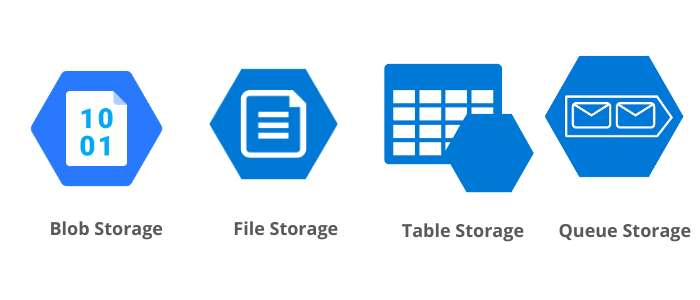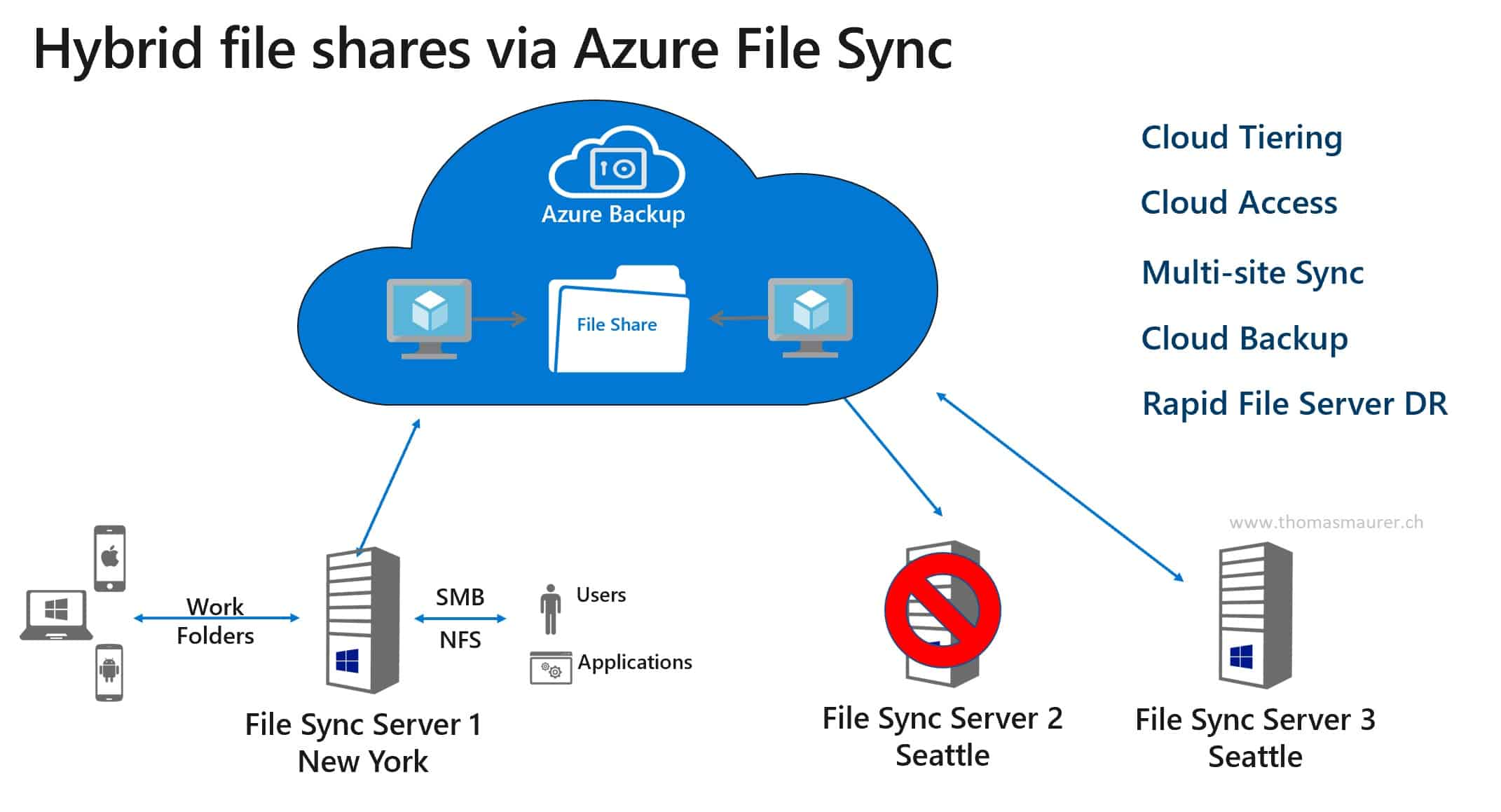

Maximum length of individual pathname component 3 (in the path \A\B\C\D, each letter represents a directory or file that is an individual component) Maximum object name length 3 (full pathname including all directories, file names, and backslash characters) Up to 300 MiB/sec, with large file share feature enabled 2ġ00 + CEILING(0.04 * ProvisionedStorageGiB) + CEILING(0.06 * ProvisionedStorageGiB).Throughput (ingress + egress) for a single file share (MiB/sec) IOPS bursting: Max (10000, 3x IOPS per GiB), up to 100,000.Baseline IOPS: 3000 + 1 IOPS per GiB, up to 100,000.

1,000 or 100 requests per 100 ms, default.20,000, with large file share feature enabled 2.100 TiB, with large file share feature enabled 2.Azure file share scale targetsĪzure file share scale targets apply at the file share level. To request an increase in account limits, contact Azure Support. Throughput (ingress + egress) for redundancy/region combinations not listed in the previous rowġ General-purpose version 2 storage accounts support higher capacity limits and higher limits for ingress by request. Throughput (ingress + egress) for LRS/GRS Unlimited, total provisioned size of all shares must be less than max than the max storage account capacity Number of storage accounts per region per subscription FileStorage accounts can only be used to store Azure file shares no other storage resources (blob containers, queues, tables, etc.) can be deployed in a FileStorage account. File shares can be deployed into the transaction optimized (default), hot, or cool tiers.įileStorage storage accounts: FileStorage storage accounts allow you to deploy Azure file shares on premium/solid-state disk-based (SSD-based) hardware. In addition to storing Azure file shares, GPv2 storage accounts can store other storage resources such as blob containers, queues, or tables. General purpose version 2 (GPv2) storage accounts: GPv2 storage accounts allow you to deploy Azure file shares on standard/hard disk-based (HDD-based) hardware. There are two main types of storage accounts for Azure Files: Storage account scale targets apply at the storage account level. There are therefore three categories to consider: storage accounts, Azure file shares, and individual files. This pool of storage can be used to deploy multiple file shares. Premium file shares (FileStorage), LRS/ZRSĪzure file shares are deployed into storage accounts, which are top-level objects that represent a shared pool of storage. You should also expect these limits will increase over time. You should test your usage pattern to determine whether the scalability and performance of Azure Files meet your requirements. For example, the performance of IO for a file might be impacted by your SMB client's behavior and by your available network bandwidth. The targets listed here might be affected by other variables in your deployment.

This article discusses the scalability and performance targets for Azure Files and Azure File Sync. net " & ThisItem.Azure Files offers fully managed file shares in the cloud that are accessible via the SMB and NFS file system protocols.

If you want to keep doing it the way you do now, please see Shane Young’s video on the topic Īlso see this for examples of getting files from azure blob in a galleryĬlick on the first image in the gallery and set it to – AzureBlobStorage.GetFileContent(ThisItem.Id) or " https :// YourStorageAccountName. Then you can just work with attachments in cds and you don’t have to mess with directly accessing azure blob My recommendation is that you move away from your process that moves the files to azure blob and go woth the standard attachment storage. This is also the basis for the new file type fields Are you aware that Dynamics and CDS now automatically store files in azure blob and you No longer need to have custom processes to move files to azure blob?


 0 kommentar(er)
0 kommentar(er)
